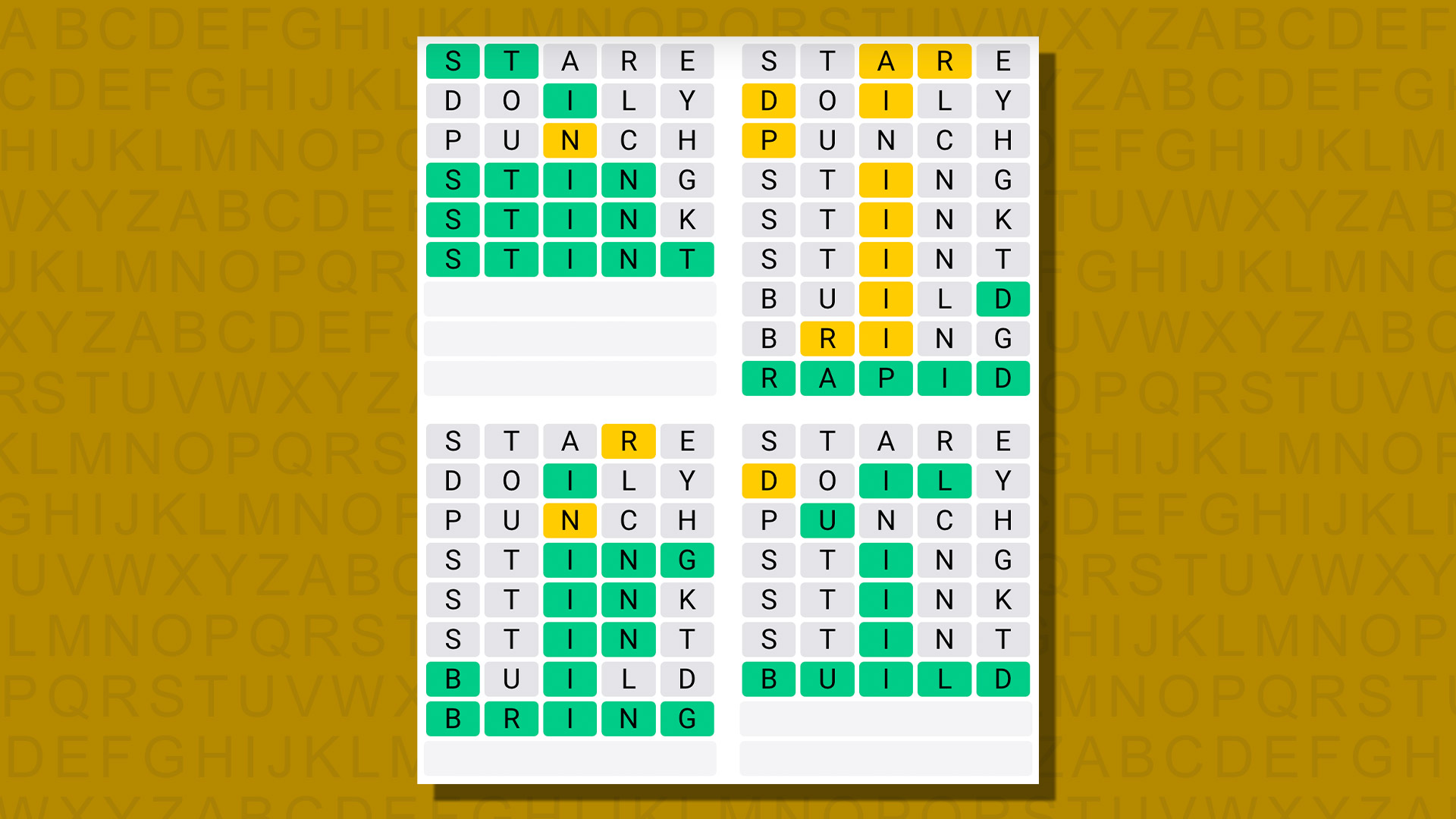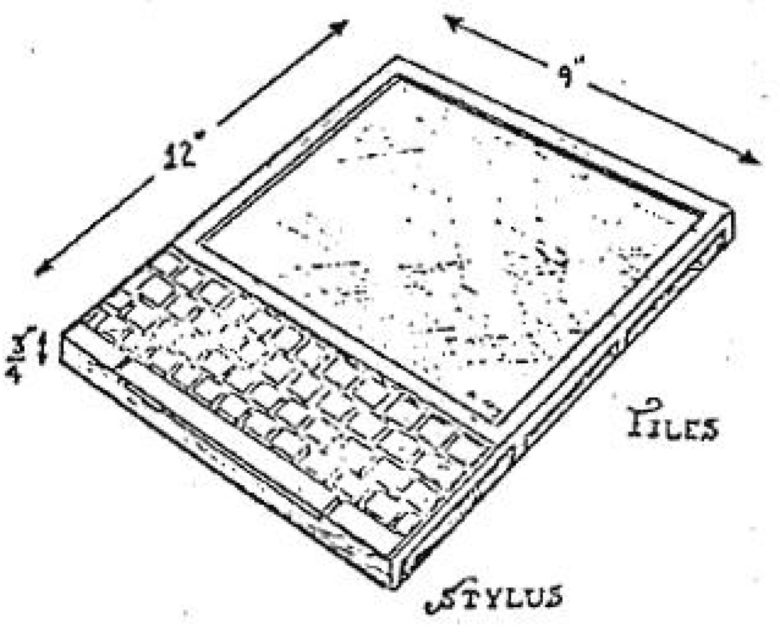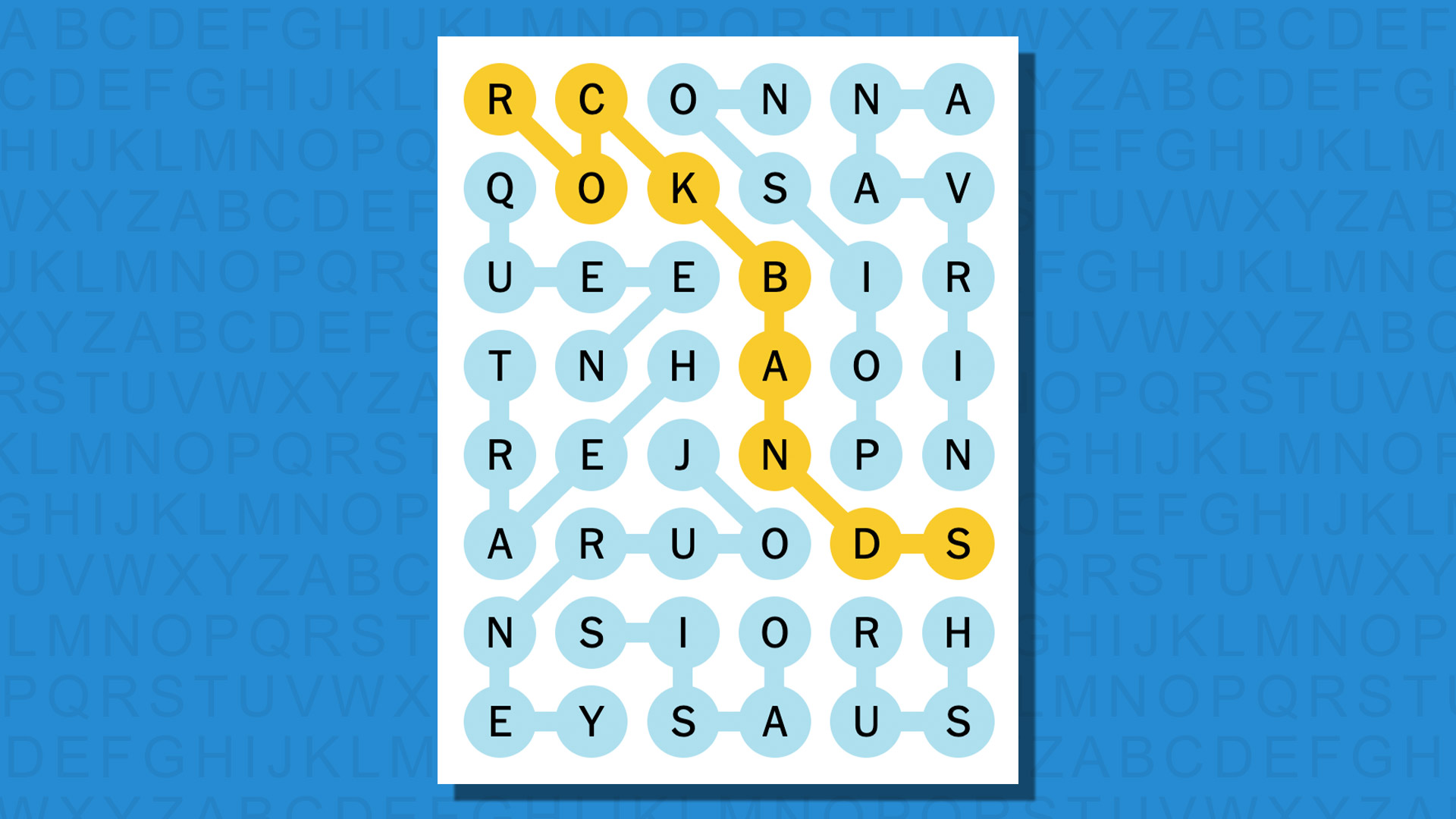[ad_1]
It’s time for another Quordle puzzle – or two, if you play the Daily Sequence variant too.
But Quordle is tough, so if you already find yourself searching for today’s Wordle answer, you’ll probably need some hints for this game too.
SPOILER WARNING: Information about Quordle today is below, so don’t read on if you don’t want to know the answers.

Quordle today (game #812) – hint #1 – Vowels
How many different vowels are in Quordle today?
• The number of different vowels in Quordle today is 3*.
* Note that by vowel we mean the five standard vowels (A, E, I, O, U), not Y (which is sometimes counted as a vowel too).
Quordle today (game #812) – hint #2 – repeated letters
Do any of today’s Quordle answers contain repeated letters?
• The number of Quordle answers containing a repeated letter today is 1.
Quordle today (game #812) – hint #3 – uncommon letters
Do the letters Q, Z, X or J appear in Quordle today?
• No. None of Q, Z, X or J appear among today’s Quordle answers.
Quordle today (game #812) – hint #4 – starting letters (1)
Do any of today’s Quordle puzzles start with the same letter?
• The number of today’s Quordle answers starting with the same letter is 2.
If you just want to know the answers at this stage, simply scroll down. If you’re not ready yet then here’s one more clue to make things a lot easier:
Quordle today (game #812) – hint #5 – starting letters (2)
What letters do today’s Quordle answers start with?
• S
• R
• B
• B
Right, the answers are below, so DO NOT SCROLL ANY FURTHER IF YOU DON’T WANT TO SEE THEM.
Quordle today (game #812) – the answers

The answers to today’s Quordle, game #812, are…
There’s only one major headache to be aware of in today’s Quordle. No, not uncommon letters – there’s no Z, Q, X or J here. No, not any really obscure words – all are quite common. Instead the problem here is the repeated Ts in STINT. Not in their own right, particularly, but more in terms of how it might have escaped your attention that the word was a possibility. Like me, you might well have played STING and STINK first, and ended up having to rely upon a last-guess solve in order to keep your streak.
Or maybe you played a lot more sensibly than me, in which case it’s not too bad.
How did you do today? Send me an email and let me know.
Daily Sequence today (game #812) – the answers

The answers to today’s Quordle Daily Sequence, game #812, are…
Quordle answers: The past 20
- Quordle #811, Sunday 14 April: WITTY, DADDY, SHORT, SLUNG
- Quordle #810, Saturday 13 April: GROVE, ALLOY, TIMID, TWIST
- Quordle #809, Friday 12 April: GUILD, VOMIT, DROOP, BIGOT
- Quordle #808, Thursday 11 April: STRIP, EVENT, EPOXY, GROSS
- Quordle #807, Wednesday 10 April: LANCE, TAPIR, MURKY, CANAL
- Quordle #806, Tuesday 9 April: HERON, FIEND, TWINE, WORSE
- Quordle #805, Monday 8 April: CRAZE, EQUIP, RALLY, SCOUR
- Quordle #804, Sunday 7 April: BRING, WRING, LARVA, GOUGE
- Quordle #803, Saturday 6 April: BLUFF, TENSE, CRUEL, ASKEW
- Quordle #802, Friday 5 April: ENEMY, FLACK, PAYEE, UNFIT
- Quordle #801, Thursday 4 April: CLEFT, RACER, TABBY, FRAIL
- Quordle #800, Wednesday 3 April: CARRY, SPEAK, LOSER, SUAVE
- Quordle #799, Tuesday 2 April: APTLY, STEAL, SNOUT, STAVE
- Quordle #798, Monday 1 April: CARVE, TIGHT, AGLOW, WOVEN
- Quordle #797, Sunday 31 March: SPIKE, BEVEL, PERKY, FAUNA
- Quordle #796, Saturday 30 March: SHOOK, DIRGE, CLEAN, PRIOR
- Quordle #795, Friday 29 March: RUMBA, SLICE, RAZOR, SLEEP
- Quordle #794, Thursday 28 March: PINEY, WEDGE, VIVID, ODDLY
- Quordle #793, Wednesday 27 March: QUALM, CIVIL, CRUDE, GOUGE
- Quordle #792, Tuesday 26 March: LINER, SCARE, VALID, DRUID
[ad_2]
Source Article Link



 April 14, 1986: The “low-cost” Macintosh 512Ke brings hardware upgrades — and a bit of confusion — to the low end of the Mac lineup.
April 14, 1986: The “low-cost” Macintosh 512Ke brings hardware upgrades — and a bit of confusion — to the low end of the Mac lineup.



 April 13, 2005: The tech world gets excited when a sketchy rumor suggests Apple is building a tablet computer.
April 13, 2005: The tech world gets excited when a sketchy rumor suggests Apple is building a tablet computer.



 April 11, 1976: Apple releases its first computer, the Apple-1.
April 11, 1976: Apple releases its first computer, the Apple-1.